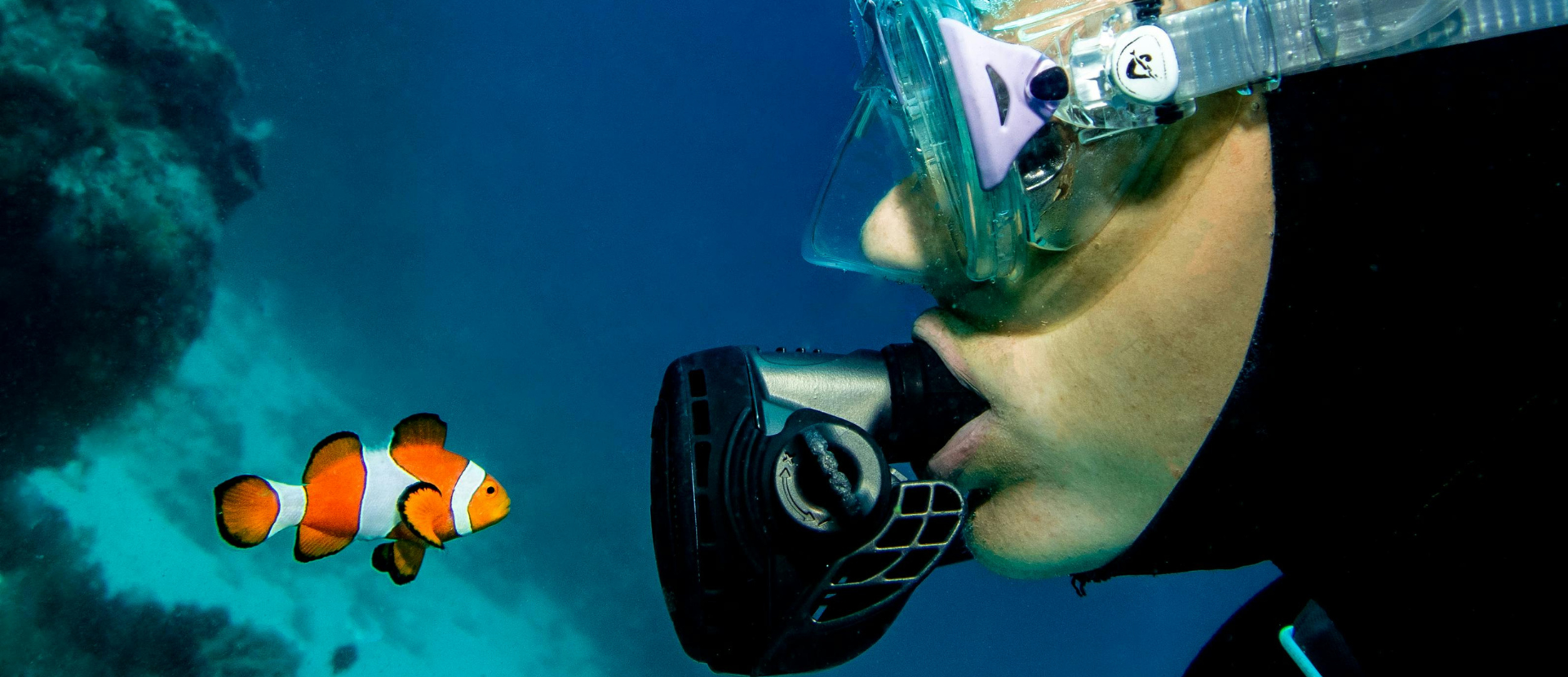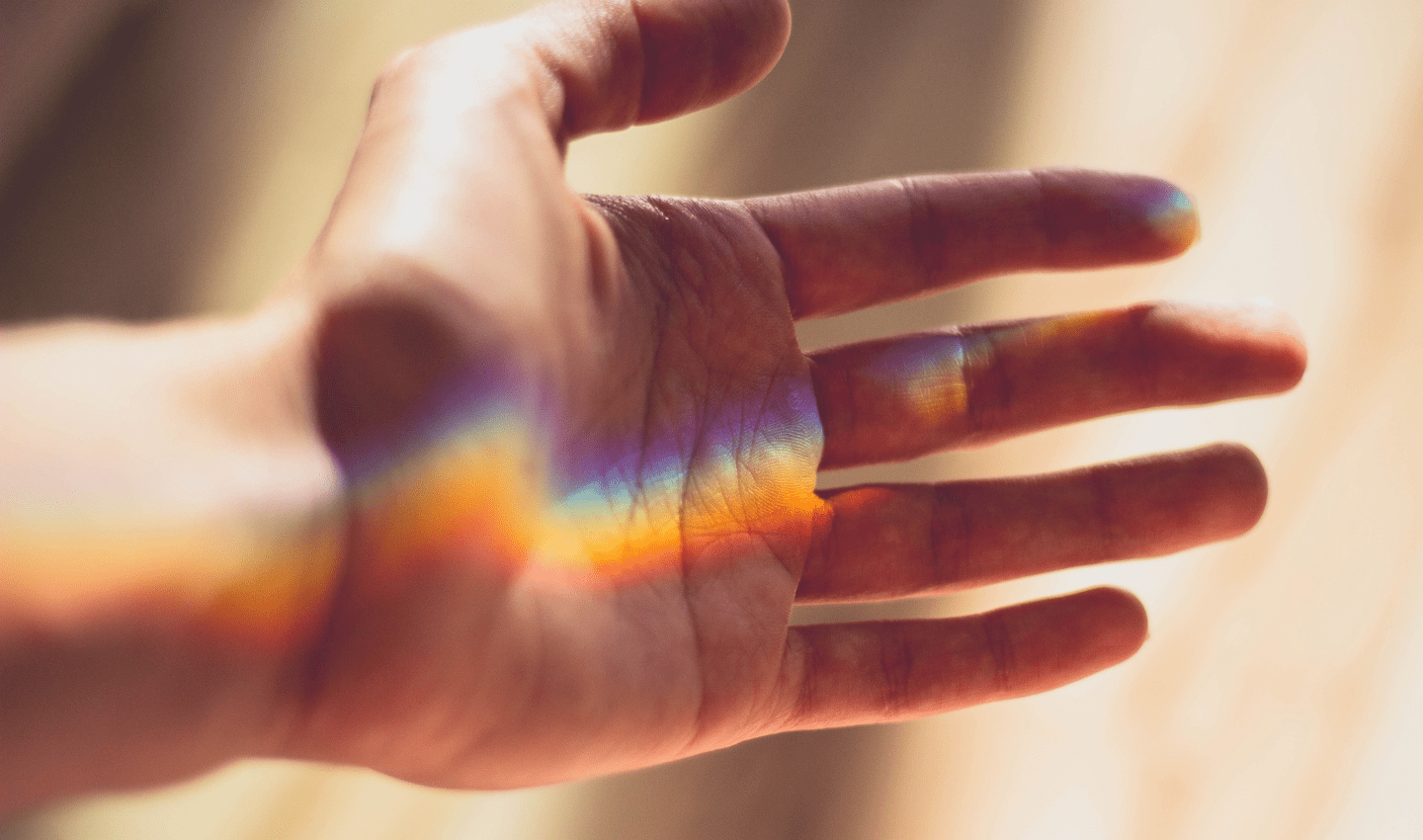- Science: Explained
Is plastic good or bad? What it means for you and the planet

A great scholar once said – life in plastic, it’s fantastic. As one of the greatest revolutions in material engineering, plastic has undeniably changed the world.
But were we too successful? Did we end up with a committed friend who is always here for you – but really ALWAYS here, and we can’t get them to leave?
Let’s look at our magic material, where plastic has done good and how we need to change our relationship with it.
What is plastic?
Plastic can mean a lot of things.
We should be careful to define what we mean. Here, plastic is concerning synthetic or semi-synthetic materials composed primarily of polymers, that can mould, press or extrude into different forms. This feature, their plasticity, is key to their importance.
Here’s a table summarising some of the most used plastics. Have a look around, I would guess, from wherever you are, you could see at least five of these.
| Polymer | Abbreviation | Examples of use |
| Polypropylene | PP | Food packaging, automotive parts |
| Low-density polyethylene | LDPE | Reusable bags, food packaging film |
| High-density polyethylene | HDPE | Toys, shampoo bottles, pipes |
| Polyvinylchloride | PVC | Window frames, floor covering, pipes, cable insulation |
| Polystyrene | PS | Food packaging, insulation, electronic equipment |
| Polyethylene terephthalate | PET | Beverage bottles |
| Polyurethane | PUR | Insulation, mattresses |
| ABS, elastomers, biobased plastics, PBT, PC, PMMA, PTFE, … | Other | Tyres, packaging, electronics, automotive, … |
| Fibres made of different polymers | Fibres | Textile applications but also in many other sectors |
Plastic is everywhere, from our food packaging to our computers, to our furniture. Our clothes, the paint on our walls, the tyres on our car; all have plastic in. So, let’s look at why plastic has become so engrained in our lives.
How does plastic save lives?
Plastic has pioneered a revolution in medicine. Through its versatility, sterility, durability and low cost, plastic has made modern medicine more safe, accessible and effective. Plastic IS fantastic.

Disposable plastic items such as syringes, IV bags and gloves prevent cross-contamination. Plastic has enabled minimally invasive surgeries, reducing recovery time and infection risks.
Plastic prosthetics and implants can be printed or moulded to individual needs. Medical packaging made from plastic keeps drugs and equipment sterile (more on packaging later).
A surgeon or trainee doctor can examine a 3D-printed organ to better understand the patient. Complex procedures can now be done through a single incision using flexible plastic implements. Medical imagery has advanced as machines made from plastic don’t have the interference of metal. Due to the low price of plastic, everyone can benefit from better healthcare.
It’s impossible to know how many lives have been saved by plastic.
How has plastic helped our food systems?
Food waste is a big environmental problem. 19% of food available to consumers is wasted, added to the 13% lost in supply chain.
By the last attempt to calculate it, food waste made up 8-10% of annual global greenhouse gas emissions. In 2017, greenhouse gas emissions from food waste were estimated to be roughly the same as the emissions from the US and Europe combined.
The UK and Japan are among the only countries to collect consistent food waste data. They have shown reductions of 18% and 31% respectively. Awareness, for consumers, is a powerful driver of behaviour change.

Plastic is a key ally in reducing food waste.
Packaging reduces food waste and increases the shelf life of our food. Plastic packaging does this by stopping the aeration of food and providing thermal insulation.
Of course, making plastic packaging produces emissions, but the food inside has a much bigger carbon footprint.
Think of it this way: if plastic packaging stops your tomatoes going mouldy, you’ve saved all the emissions from growing, transporting, and processing those tomatoes – plus you’ve avoided the methane released when the tomato rots in landfill. The plastic wrapper can be the environmental hero, not the villain.
One study found packaging innovations increased shelf life by 50% and cut food waste by 40%. Whilst they weren’t testing plastic specifically, it shows how crucial good packaging is.
Take pork as an example. Yes, plastic foam trays create more emissions than butcher paper when they’re made. But only 5% of plastic-wrapped pork goes off, compared to 7-10% wrapped in paper. That means 35% less climate impact overall – the packaging emissions are nothing compared to a whole pig going to waste.
This food preservation revolution has shrunk our world. A mango can now travel from Peru to Manchester and still be perfectly ripe when you bite into it. More food, travelling further, feeding more people – all thanks to a bit of clever plastic.
The flipside of this is – do we need food travelling further? While food miles are a small part of food-related emissions, eating local is an easy way to reduce environmental impact.

How is lightweight plastic doing its bit environmentally?
Plastic is light, and strong. It has taken on roles previously performed by much heavier metals.
A car fuel tank, for example, used to be made from steel, much heavier than plastics. A 10% reduction in vehicle weight can result in a 6-8% improvement in fuel economy. Plastics reduce the weight of a vehicle by up to 50%. This results in approximately 14 times lower greenhouse gas emissions than using a steel tank.
In construction, the durability of plastic can be utilised. Due to the lighter weight, PVC pipes have much lower climate impact than concrete (45% less) and ductile iron (35% less). Every truck carrying plastic to the building site uses less fuel carrying PVC pipes. In water pipes, copper is recyclable but loses more heat than a cross-linked polyethylene (PEX) pipe.
How is plastic saving marine life?
There are many examples of plastic replacing consumer demand for natural products; saving marine life.
Tortoiseshell glasses are now made out of plastic, saving the hawksbill turtles who were harvested for their beautiful shells. How many trees are still standing because we have plastic furniture?
Why do we call sponges sponges? Because they were originally the sea sponge, Spongia officialis, that we collected and used as a bath sponge. Replacing the sponges of the sea with plastic ones has alleviated another stress on our Ocean.
Ivory’s another classic case. Before plastic, piano keys, billiard balls, and ornamental trinkets meant elephant tusks. Now, we get the same aesthetic from synthetic alternatives – and elephants get to keep their tusks.

What are the problems with plastic?
Before we get too carried away with plastic’s positive impact on our planet, let’s address the elephant (with tusks) in the room – or rather, the gaps in our argument.
Did plastic actually save those lives?
Medicine improved dramatically alongside plastic adoption, but so did antibiotics, surgical techniques, and our understanding of infection control. We simply don’t know how many lives plastic specifically saved versus other medical advances happening simultaneously.
We’ve built our entire food system around plastic packaging, then use that system to prove plastic’s necessity. It’s flawed logic. Considering the carbon emissions alone is one dimensional – what if we’d spent 70 years perfecting non-plastic preservation methods instead? We’ll never know – but it would be foolish to think plastic is the only solution.
We’ve wrapped modern life around plastic like cling film around a sandwich – so tightly that peeling it away seems impossible.
There are two key problems with plastic:
Plastic has two big issues – its fossil fuel foundations and its longevity. The two mean that plastic can have a two-pronged impact environmentally.
The perks of plastic haven’t been lost on us, as a society. We can’t get enough. We’ve gone from making 2 million tonnes of plastic in 1950 to over 400 million tonnes annually.
Steel and cement are the only materials we produce more than plastic. Between 1950 and 2017, we are estimated to have produced over 9 billion tonnes of plastic. Half of that total was produced after 2004.
Here’s one of the issues – all the plastic we’ve produced is still around in some form or another. Approximately 7 billion tonnes of it is waste.
Medical masks were a signature of the COVID-19 pandemic. They blocked the spread of the virus, saved lives and helped get us back to normality. But, once used we threw them ‘away’. A back-of-the-napkin calculation estimates that in 2020, 1.56 billion face masks would enter the Ocean. That isn’t a trade-off we (or our friendly neighbourhood Ocean creatures) should have to make.
The vast majority of plastic is made from oil. It has a large carbon footprint, representing around 3.4% of global emissions through their lifecycle. A fossil fuel-free future isn’t plastic wrapped.

Are plastic alternatives the answer?
It isn’t that simple. Some alternatives are more emissions-intensive to produce, so if we maintain a single-use approach there will be greater environmental impact.
The classic example is plastic bags to paper bags. Paper bags are approximately six times heavier than HDPE (plastic) bags, so have three times higher production emissions. Paper requires deforestation and lots of water use. Glass is energy intensive and heavy. There are no easy answers.
Solutions, and their effectiveness, varies by region – in the US, PET bottles have the lowest impact by way of emissions, but in Europe it is aluminium, due to cleaner energy used to produce it and higher recycling rates. This also means the impact of a material can be lessened through wider changes (cleaner energy and higher recycling rates).
Food packaging is an area of growing competition for plastic. Glass, metals and paper are long-standing packaging materials. Natural fibres and biopolymers are other possibilities, but they can be more energy intensive, more expensive and don’t provide the same level of protection for the food.
In medicine, alternatives require more time and energy to achieve the same levels of sterility, and often lack the advantages offered by the lightweight, malleable, cheap plastic.

What is the answer: is plastic good or bad?
Plastic is brilliant and has advanced modern society in a multitude of ways. Unfortunately, there were more skeletons in the closet than we realised. We have more information now than ever before, and more advanced technology is allowing us to come up with solutions to address plastic problems.
There are no silver bullets here. But we need to change our relationship with plastic. One key attitude shift that should definitely change: single-use doesn’t work at large scale. Regardless of material.
Have a look at our article on how we can tackle the issue of plastic pollution and assess the effectiveness of beach cleanups.
Ask yourself – if we started from scratch, with the knowledge we have now – how would we use plastic?




